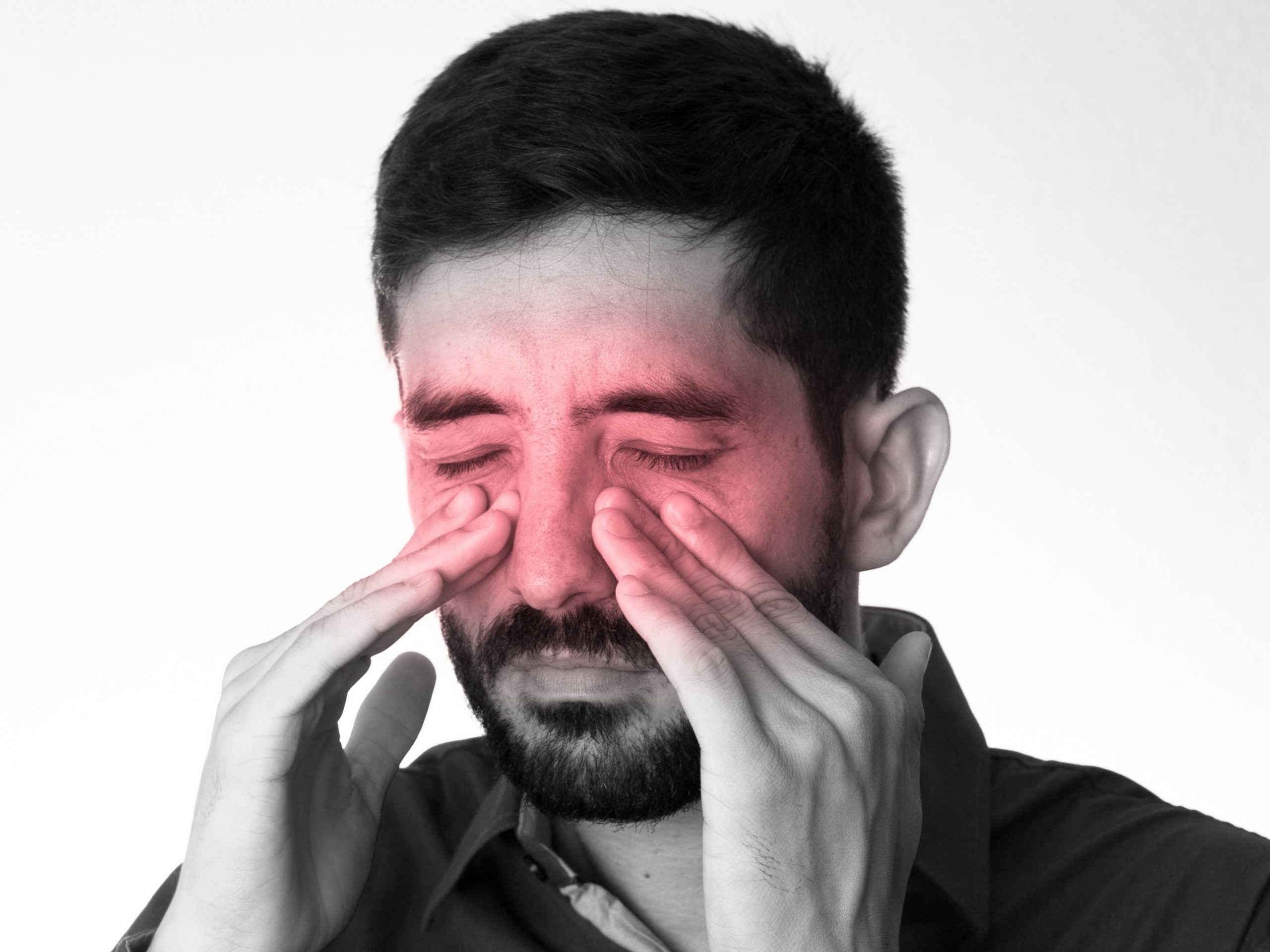How to reduce symptoms of allergies and sinusitis
Nasal congestion is one of the most annoying things we have to experience when we have allergies or a common cold. Some causes of nasal congestion are: infections, chronic allergies, sinusitis, nasal polyps and other respiratory conditions. Be aware of the first allergic cat symptoms.
Studies have shown that nasal irrigation helps people with these conditions improving their quality of life. Nasal irrigation consists in gently rinsing your nasal passages with a saline solution that you can prepare at home or buy at the pharmacy.
How does nasal irrigation work?
During this procedure, the pressurized liquid can open the nasal passages and the sinuses, clearing out mucus, and removing foreign substances in the passageways like irritants and contaminants.
What are the benefits of nasal irrigation?
- Helps to remove mucus of the nasal passages and sinuses.
- Helps the cilia (hair-like cells that sweep impurities out of the nasal passages) work better.
- Clears environmental irritants, reducing causes of allergies.
- Helps you with symptoms of colds or sinusitis.
- Reduces swelling and inflammation.
- Keeps the nasal passages moist
How can I prepare my own solution?
The most important thing when you prepare the nasal solution at home is to use completely sterilized water. You should only use boiled water (boil it at least 1 minute), or use water that is appropriately distilled, filtered and disinfected. This can help to prevent disease-causing microorganisms, such as amoebas.
Mix 3 teaspoons of iodine-free salt to 1 teaspoon of baking soda. Add 1 teaspoon of the salt and baking soda mixture to 1 cup of water. Fill your preferred device (always sterilized it) with the solution. For flushing you can use a squirt bottle, a pump or a vessel with a long spout called neti pot.
How may I perform the flush?
First, lean over your sink or do it in the shower; tilt your head sideways with your forehead and chin level. After that, breathe through your mouth, place the device into your upper nostril and allow the water to drain out naturally. Then, turn your head and do the same on the other nostril.
Another position is to turn your head almost upside down. This way the solution is going to get into the back tubes because the openings of the deep sinus passageways are at the top of the nasal cavity.
After you finish, always disinfect the device. A study made in 2017 showed that 25% of bottles and bulb syringes were infected with bacteria after 2 weeks, and 45% were infected after 4 weeks.
The main risk associated with nasal irrigation is the possibility of infection due to not disinfecting the device or using not completely sterilized water, so be careful.
Experts recommend regular nasal irrigation because it reduces symptoms in 35% of children and adults, and it improves quality of life in 30%.
To take into account
If you have concerns about using nasal irrigation or if you experience pain or any problems after using this treatment, ask your GP.
We hope this information was useful for you. If you have any questions about it or about our treatments, please contact us. You can find us in Mill Hill Broadway and Islington. We are always happy to help. If you like this blog, please share it!



